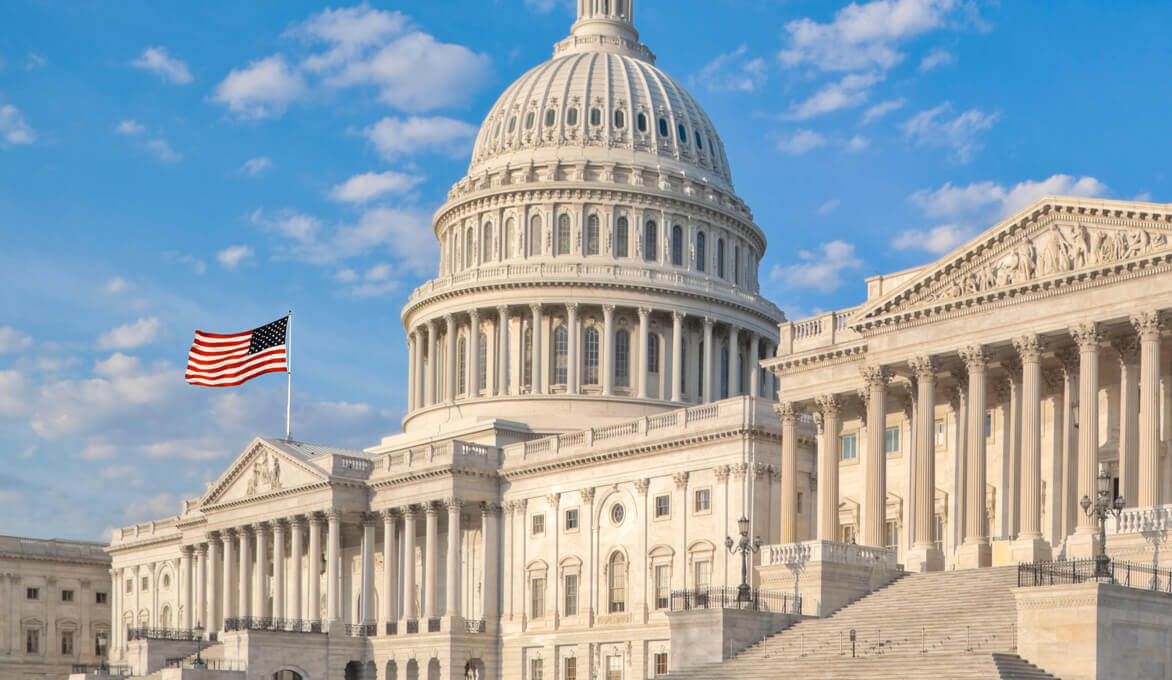How the Self-Employed Should Navigate the PPP Loans

(New guidance on the Paycheck Protection Program from the SBA)
Co-authored by Joe Jalbert
April 16 update: Earlier today, the Small Business Administration (SBA) announced that the $349 billion earmarked for the Paycheck Protection Program (PPP) under the CARES Act, as well as the funding allocated for the Economic Injury Disaster Loan (EIDL) program (including EIDL advances), has been exhausted and the SBA will no longer accept applications for these programs. Although Congress is in discussions to provide further funding for these programs, it remains to be seen whether (and when) this will come to fruition.
Businesses that are interested in the PPP that didn’t make it in before the funding limit was reached are encouraged to contact their lenders and inquire as to whether they are accepting applications to be maintained in their own internal queue. In the event additional funding for the program is procured, early submission could help to maximize the likelihood of SBA approval. Similarly, borrowers interested in the EIDL program should stand ready to submit an application to the SBA should the program receive additional funding.
On April 14, the Small Business Administration issued more guidance on the Paycheck Protection Program (“PPP”), as it relates to self-employed loan applicants. The PPP was introduced by the CARES Act, but the legislative language is vague – especially in the areas relevant to the self-employed. Perhaps with a nod to that vagueness, the SBA’s new self-employed PPP guidance refers to itself as the “Interim Final Rule.” In spite of its title’s ambiguity, it answers a lot of questions, and clears the path for individuals to apply for loans and better understand how much will (and how to) qualify for the unique forgiveness component of these loans.
The balance of this article assumes its readers are somewhat familiar with the PPP loan in general. If not, please consider reading our earlier PPP article before proceeding. Here are some things the Interim Final Rule clears up for us:
A partner in a partnership may not submit a separate loan application in that person’s capacity as a self-employed individual. One application at the partnership level is allowed, and each active partner’s self-employment income is eligible as qualifying payroll costs, for purposes of both the loan and the forgiveness, subject to the $100,000 (annualized) per person cap.
The loan cap for the self-employed can be viewed as consisting of an employer and an employee piece. The employer piece equals net income from 2019 Form 1040, Schedule C, line 31, or $100,000, whichever is smaller. The employee piece consists of 2019 wages (up to $100,000 per person), plus amounts paid for employees’ healthcare benefits and retirement plan benefits. The sum of the employer and employee amounts is multiplied by 2.5/12. To this, add any portion of an Economic Injury Disaster Loan that is refinanced as part of the PPP. The result is the maximum amount of the loan. Note that if a loss was generated (even in part due to current year depreciation of prior year expenditures), the employer piece unfortunately equals zero, and only the employee piece qualifies.
BNN observations: (1) The legislative text is vague, but could be construed as Congress having intended for payments received by a proprietor to be included, rather than net income. However, the SBA notes that after consultation with the Treasury Department, they plan to interpret rules tightly to allow more applicants a piece of the action competing for a rapidly-depleting, finite pool of funds. Banks undoubtedly have little choice but to follow SBA’s guidance. (2) It also is curious that the proprietor’s expenditures for employee retirement and healthcare costs are eligible, while the sole proprietor’s own such costs are not. However, that disparity is imbedded in the CARES Act itself, and is not solely the result of SBA/Treasury interpretation.
Self-employed applicants are required to provide a 2019 Schedule C with their applications – whether or not their 2019 tax returns have been filed. They also should expect to provide support for revenue that makes it clear they are self-employed (bank records, invoices, 1099-MISC forms, or financial statements). Those who have employees should also provide 2019 Forms 941, state unemployment insurance reports, and evidence of health insurance and retirement plan contributions made on behalf of employees.
BNN observation: Any sole proprietor with 2019 net income should apply for the PPP loan as soon as possible, and ideally using a finalized, filed Schedule C. The guidance requires Schedule C to be provided whether or not filed, but does not prescribe the protocol for unfiled, pro-forma Schedules C. Banks undoubtedly will prefer to see one that has undergone the formality and gauntlet of filing.
New businesses may not have been in operation in 2019, and therefore cannot provide 2019 records. The SBA promises that additional guidance will be provided for those individuals.
2019 financial results are used to compute the loan’s amount, but comparable 2020 records also must be submitted to prove the business was operating on or around February 15, 2020.
2019 costs qualify an applicant for the loan, while 2020 outlays made in the eight-week period following receipt of the loan qualify the borrower for potential full or partial forgiveness of that loan. The one exception is that the owner’s own “compensation” is based on 2019 amounts. The type of costs eligible for forgiveness include owner compensation (based on 8/52 of 2019 net self-employment income), and 2020 employee compensation, mortgage interest, rent payments, and utility costs – each with various definitional limitations. 75% of qualifying outlays must consist of payroll costs. However, another criteria for forgiveness is that for 2020 costs to qualify for forgiveness, costs of that same kind must have been incurred in 2019 as well. This is the result of Congressional intent that the funding allow for ongoing operations, rather than expansion.
The Interim Final Rule is a very welcome addition to the CARES Act PPP provisions, because it clarifies a number of questions that the legislative language itself raised. The new guidance may be found on the Treasury Department’s website, and self-employed individuals interested in the PPP loans are encouraged to review it and act quickly.
For more information or a discussion on how this may impact you, please contact Joe Jalbert, Josh Lapierre, or your BNN advisor at 800.244.7444.
Disclaimer of Liability: This publication is intended to provide general information to our clients and friends. It does not constitute accounting, tax, investment, or legal advice; nor is it intended to convey a thorough treatment of the subject matter.




